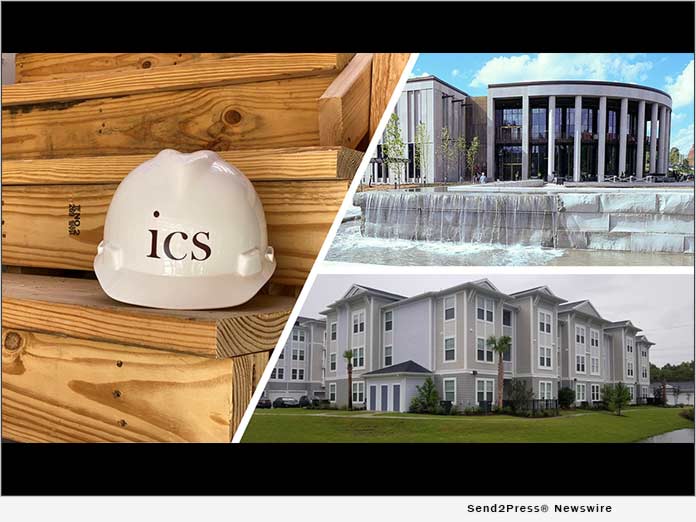BLAINE, Minn., April 13, 2021 (SEND2PRESS NEWSWIRE) — The ‘Growing Renewable Energy and Efficiency Now’ (GREEN) Act aims to extend and boost tax incentives for energy efficiency and renewable energy. According to Alex Bagne, the President of ICS Tax, LLC, “If passed, the GREEN Act would make both the 45L Energy Efficient Home Credit (45L Credit) and the 179D Energy Efficient Commercial Building Deduction (179D Deduction) more advantageous while furthering the green missions of these incentives.”

THE 45L ENERGY EFFICIENT HOME CREDIT
Currently, the 45L Credit allows eligible developers to claim a $2,000 tax credit for each newly constructed or substantially reconstructed qualifying residence. It applies to single family homes, apartments, condominiums, assisted living homes, student housing, and other types of residences. The residences must be three stories above grade in height or less. The 45L Credit requires a HERS Rater, a credentialed professional who tests residential energy efficiency, to inspect the home, perform energy modeling and prepare certificates of compliance. The 45L Credit is set to expire at the end of 2021.
The GREEN Act would increase the 45L Credit from $2,000 to $2,500 per residential unit. It also seeks to extend the incentive to 2026, as it is set to expire in 2021. The energy efficiency standards would increase, going from a 50% to 60% savings over the IRS baseline.
“Many homebuilders are unaware that their homes as built qualify for this incentive,” says Travis Cansler, a 45L specialist at ICS.
Steve Samos, a HERS Rater and the Director of Inspections for ICS, adds “For homes that do not pass, builders can often make design changes to get them to qualify where the additional costs are more than offset by the credit.”
THE 179D ENERGY EFFICIENT COMMERCIAL BUILDING DEDUCTION
The 179D Deduction, often referred to as the EPAct Deduction, is a Federal tax incentive promoting energy efficient buildings for both new and existing structures. Further, architects, engineers, contractors, and other building design professionals may also be eligible for the incentive on public projects. Commercial building owners can take a Federal tax deduction of up to $1.80 per square foot of the building’s floor area if they install certain property (e.g., efficient lights or HVAC systems, added wall or roof insulation, etc.) that reduces energy and power costs. The 179D Deduction, which applies to both new construction and renovations, was recently made permanent by the ‘Consolidated Appropriations Act, 2021.’ However, that Act significantly increased the energy efficiency standards needed to qualify.
For the 179D Deduction, the GREEN Act would raise the maximum amount of the deduction from $1.80 to $3.00 per square foot for improvements made after December 31, 2021. It would also lower the threshold needed to qualify for the maximum deduction. The current standard compares the building to the ASHRAE standard that was in existence 2 years prior to the start of construction and requires a hypothetical 50% reduction in energy and power costs. The GREEN Act would lower those standards to 30%.
“By making these changes, the 179D Deduction will be more beneficial and further incentivize green building design,” says Jillian Jones, a 179D Deduction specialist at ICS Tax.
ABOUT ICS TAX, LLC:
ICS Tax, LLC (ICS) is a consulting firm providing innovative tax planning strategies and specializes in both the 45L and 179D tax incentives. ICS collaborates with taxpayers and their tax professionals to identify credits and incentives that reduce tax liabilities and increase profitability. ICS provides nationwide service through its offices located throughout the country.
Learn more at https://ics-tax.com/.
IMAGE link for media: https://www.Send2Press.com/300dpi/21-0413-ics-tax-green-300dpi.jpg
MEDIA CONTACT:
Alexander Bagne
ICS Tax
alexb@ics-tax.com
216-870-0742
News Source: ICS Tax LLC